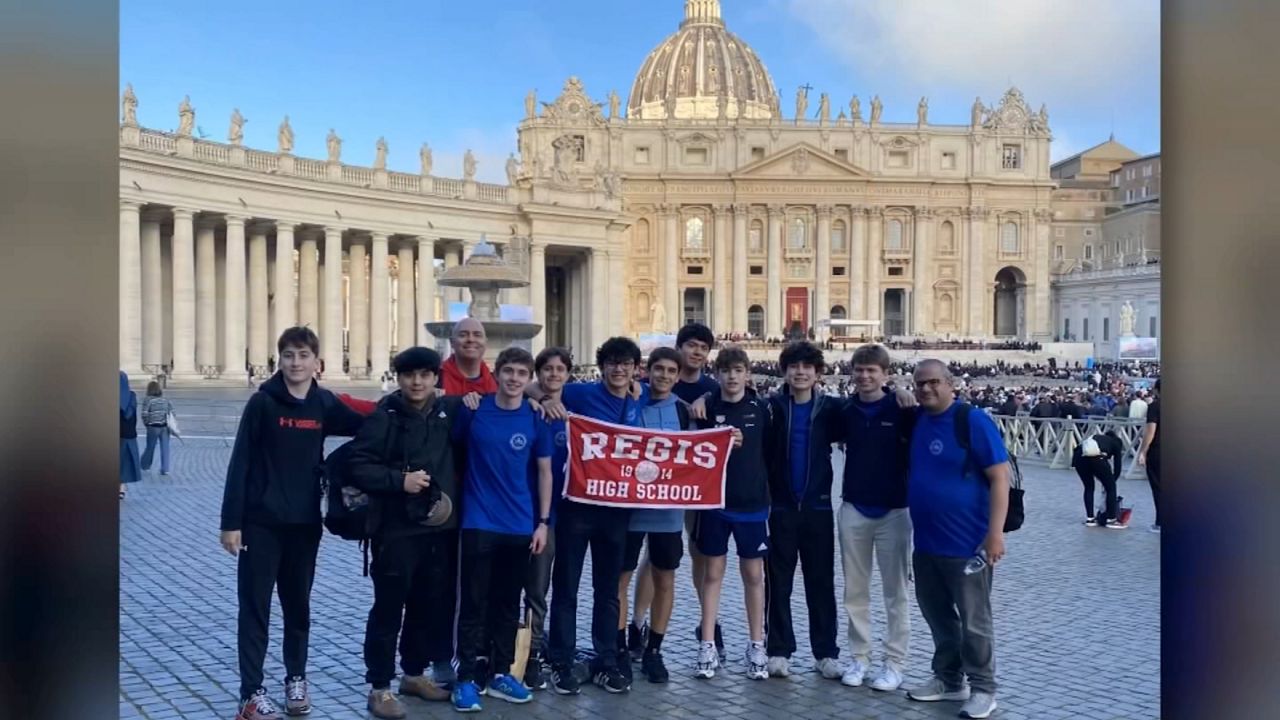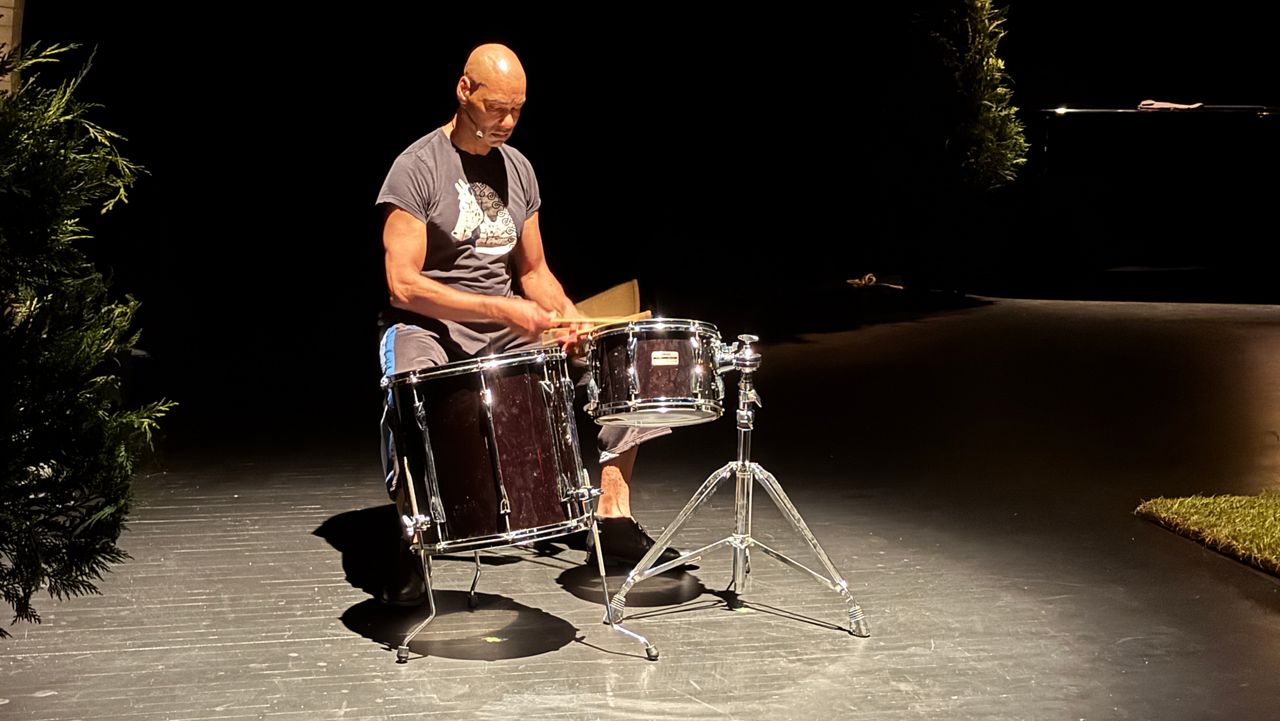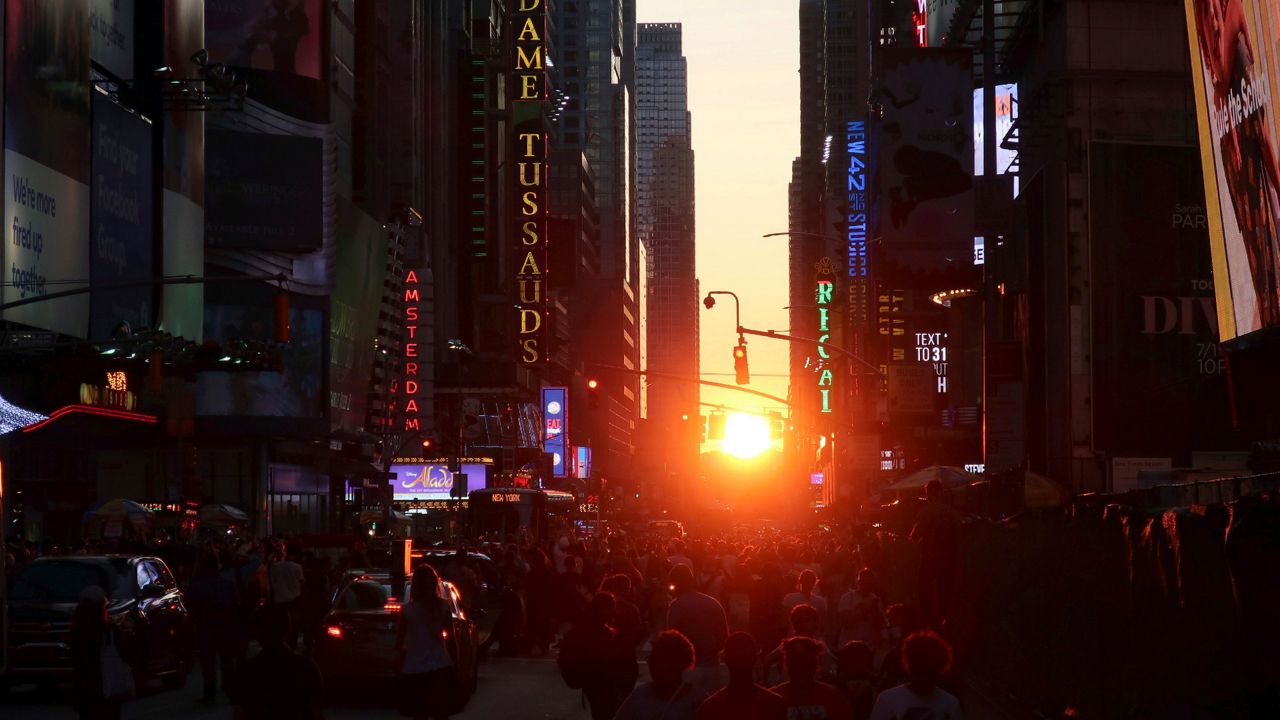The new mural on a Bedford-Stuyesant corner pays homage to the 1989 Spike Lee movie, "Do The Right Thing."
It was painted for the 30th anniversary of the Oscar-nominated film, which is set on brownstone block in Brooklyn in the 1980s and explores racial tensions on what is supposed to be the hottest day of the year. Lee wrote, produced and directed “Do the Right Thing,” and appeared in it, too.
"He was definitely a visionary. He was definitely ahead of his time in being able to have this voice for black Americans in a very difficult time," says the local city councilmember, Robert Cornegy.
“Issues of racism and white supremacy and police brutality and gentrification - all of those things that “Do The Right Thing” deals with still resonate today," says Ashley Clark, senior film programmer at the Brooklyn Academy of Music.
Those issues are clear in the scene where a white homeowner who is new to the neighborhood, Clifton, has a run-in with a longtime black resident, known as Buggin’ Out.
“I own this brownstone,” Clifton says.
“Who told you to buy a brownstone on my block, in my neighborhood, on my side of the street?” Buggin’ Out answers.
That street is Stuyvesant Avenue between Lexington and Quincy. Not only was the movie set on this block, it was filmed there, too. The city co-named it "Do The Right Thing way" four years ago.
Lee is hosting a block party there on Sunday, June 30, the day the movie had its U.S. theatrical release in 1989. The movie also will be shown again in select theaters this weekend. And BAM will be screening it through July 4.
"We think he's Brooklyn's greatest living filmmaker so it's important for us to profile him and keep his legacy going," Clark says.
A couple of blocks away at the Museum of Contemporary African Diasporan Arts, known as Mocada, an exhibit explores the iconic movie. Dexter Scott, who visited the exhibit on Thursday, wasn't even born when the film was released.
"I'm a filmmaker myself so it really inspired me as a black American to make film that felt true to black art and black people living every day," he says.
Cornegy says the film represents more than just arts and culture.
"While it's a very celebratory weekend it reminds us that there's a lot of work to be done in the city around racial issues and a lot around police community relations so it's bittersweet,” he says..







_PKG_NYK_ORGANIST_CG_134164139_253)

